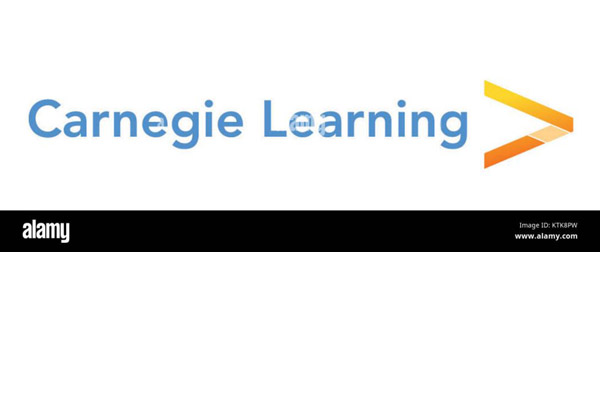Världshändelser under de senaste två åren har drivit fram förändringar i pedagogisk praxis som aldrig förr. Teknikintegration är på den högsta nivån någonsin, och alla arbetar hårt för att avgöra hur eleverna verkligen lär sig bäst – och hur vi kan försäkra oss om att de verkligen lär sig, oavsett om de är i skolan eller hemma. CarneigeLearning förutspår fem utbildningstrender som kommer att fortsätta under 2022. läs hela artikeln här
1. Student Agency
As digital natives, our students have always had information within reach, and they can (and often prefer) to search for it independently. So, do we, as teachers, continue with a top-down instructional approach, or do we help our students take ownership of their own learning while also teaching them how to evaluate online sources properly?
2. Game-Based Learning
The first thing to note is that game-based learning is different from gamification.
Game-based learning is an approach to learning that purposefully applies gaming principles to help students achieve specific learning objectives.
Gamification is the application of gaming principles to traditional learning methods to increase student engagement.
3. AI-Driven Learning
Artificial intelligence also was part of our 2021 list of education trends, and it continues as a major trend. AI is not about replacing teachers but about allowing for data-driven decisions that impact the classroom and students. With COVID-related reductions in teaching staff, AI teaching assistants and automated grading systems are especially welcomed in most schools. Why not automate the tedious time-killing tasks so teachers can do what they do best: teaching and facilitating learning?
4. Science of Learning
We’ve come to realize that there is no “one size fits all” in education and that there is value in appreciating different methodologies and strategies in learning. Cognitive scientists have a deeper understanding of which learning experiences are more impactful on the brain, but, historically, their research hasn’t been fully considered in education. Fortunately, more of us are starting to pay attention!
5. Online Learning
While online learning was the bane of many parents’ and teachers’ existence in the first months of the pandemic, it now appears to be here to stay. We had to change the way we taught and develop new strategies for student engagement as government agencies and various companies worked frantically to provide digital content that was aligned to all state standards







